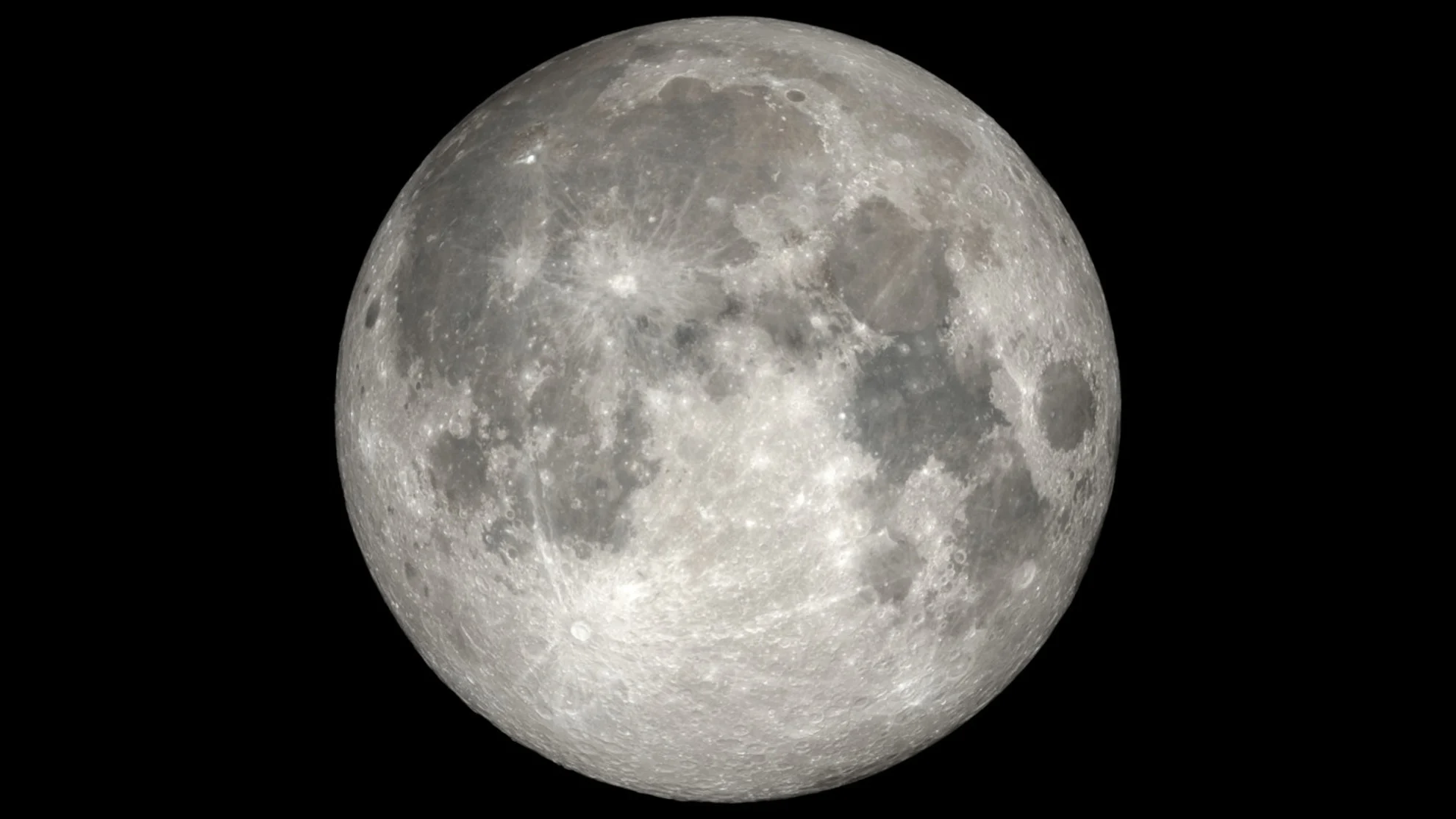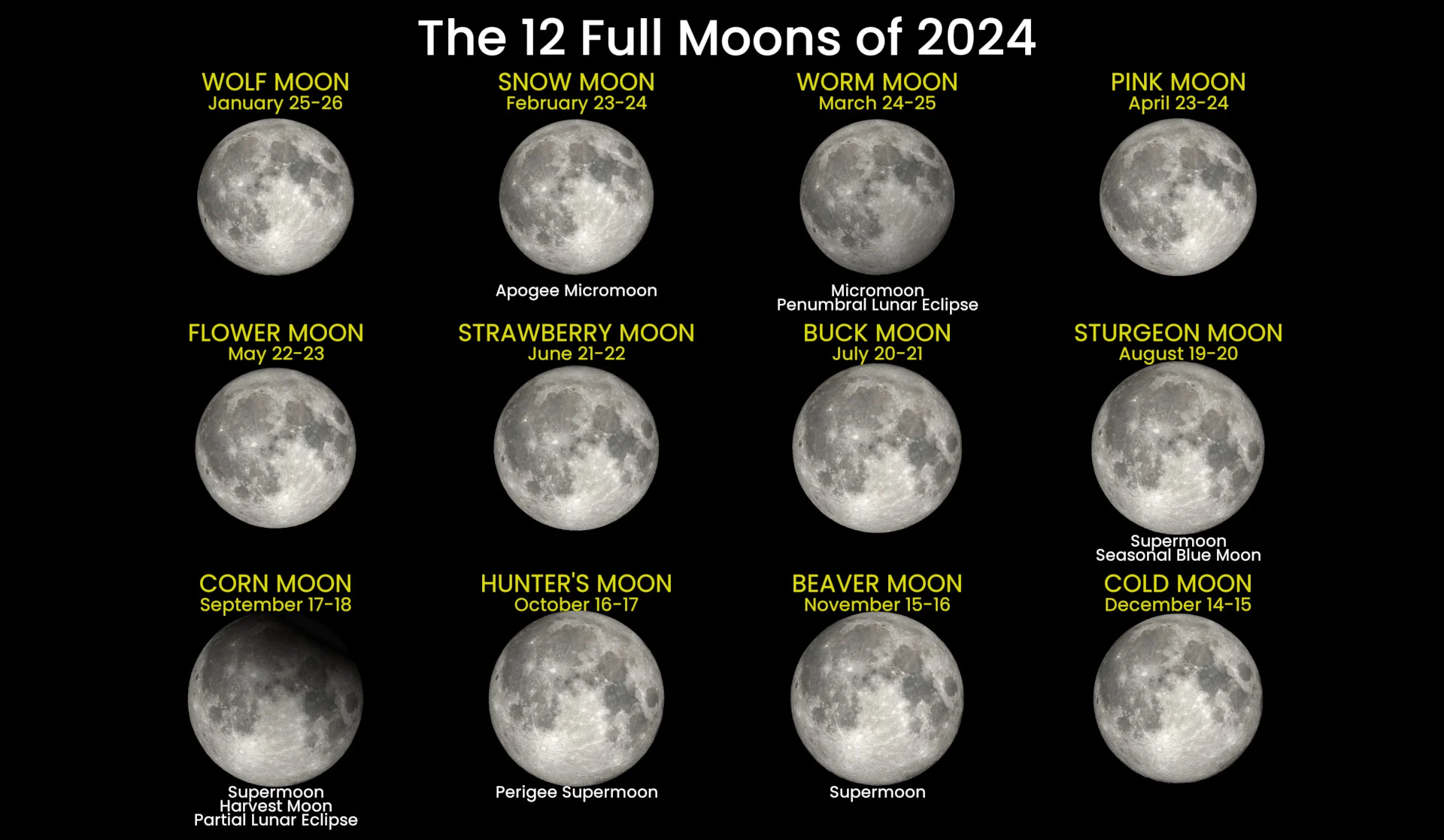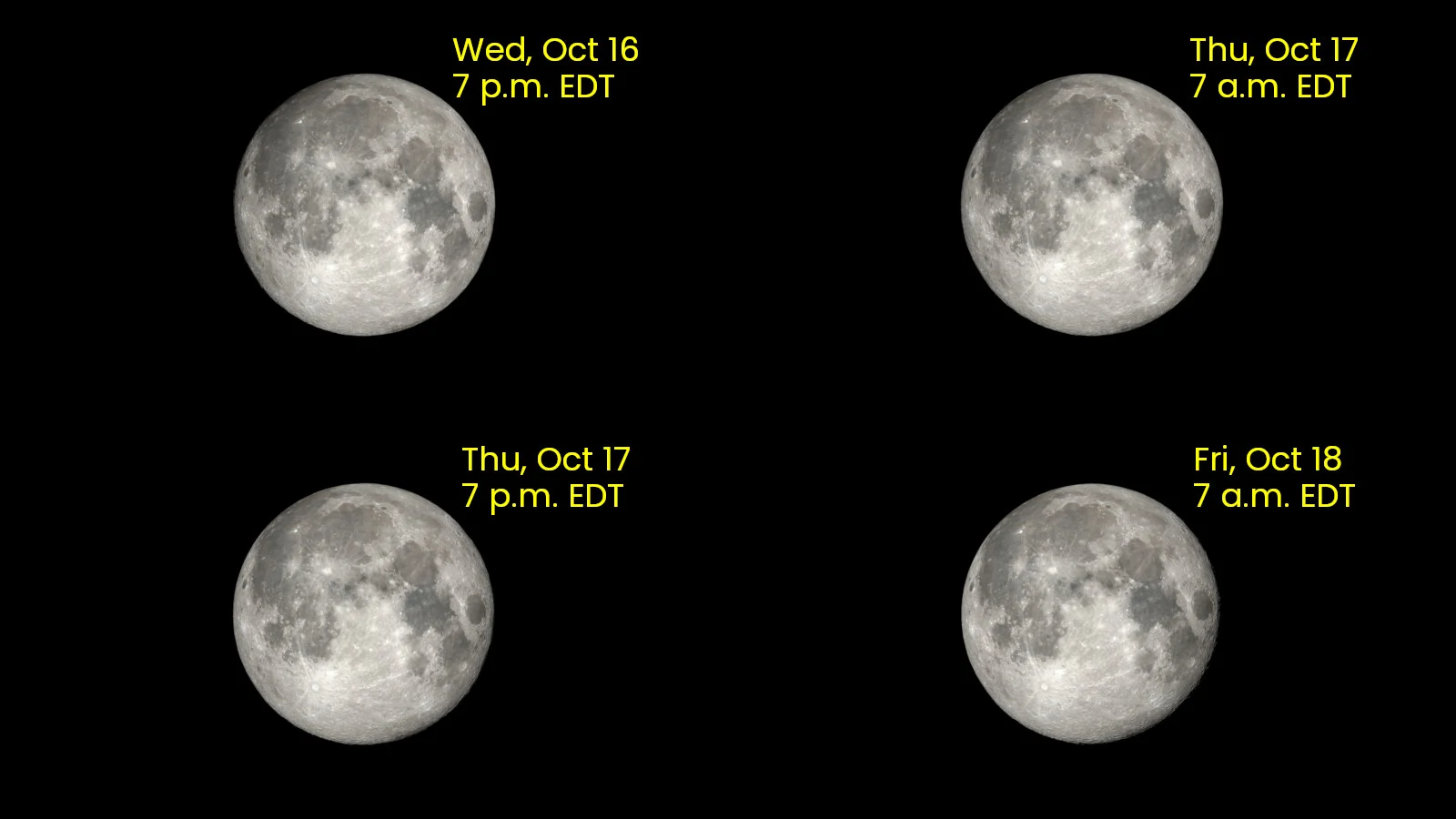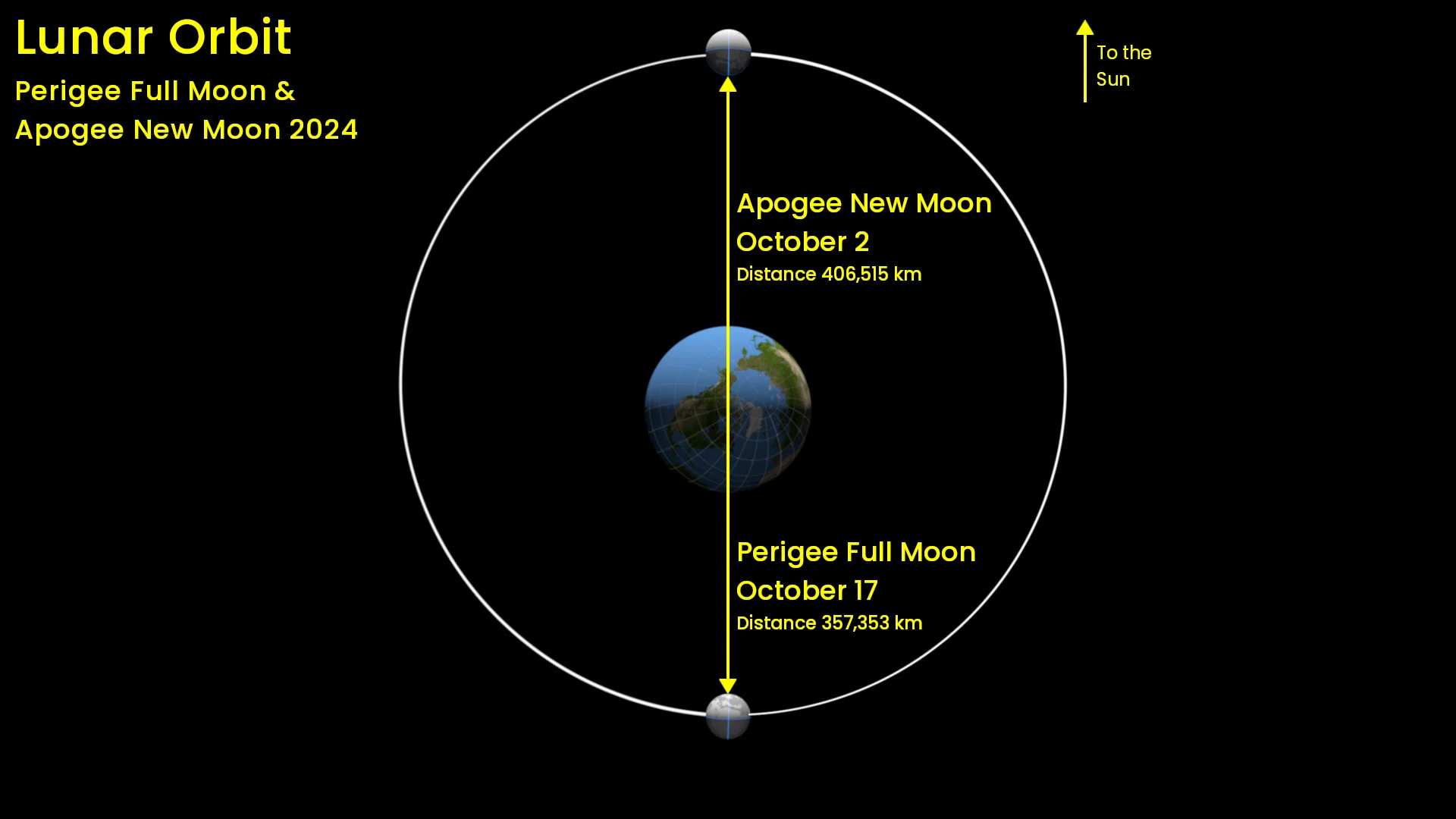
Biggest, brightest Hunter's Moon since 2007 shines in the sky this week
Eyes to the sky to see the Super Hunter's Moon rise!
Look up, as the Full Moon of October — also known as the Hunter's Moon — will be big and bright in the night sky for the latter half of this week.
The next Full Moon is set to shine in our skies on the nights of October 16-17 and October 17-18. This is not only the biggest and brightest Full Moon of 2024, but also the brightest Hunter's Moon of the past 17 years.
What is a Hunter's Moon?
Each of the 12 Full Moons in a typical year has a popular name. Many of these names originate from the lunar calendars used by First Nations peoples. Some, though, like the Harvest Moon and Hunter's Moon, instead reference Colonial American or European folklore.

This graphic collects all the relevant data about each of the 12 Full Moons of 2024, including their popular names, whether they are a 'super' or 'micro' Moon, a 'perigee' or 'apogee' Moon, and whether they are remarkable in some other way (Harvest Moon, lunar eclipse, etc.). Credit: Scott Sutherland/NASA's Scientific Visualization Studio/Fred Espenak
The Harvest Moon is the Full Moon that occurs closest to the autumnal equinox (either before or after). The next Full Moon after that is called the Hunter's Moon.
In 2024, the Harvest Moon fell on the night of September 17-18. The Full Moon of October 17 is therefore this year's Hunter's Moon.
READ MORE: What is the mysterious Moon Illusion?
Two nights of a Full Moon?
The Full Moon occurs at once specific time, when the Moon is on the exact opposite side of Earth from the Sun. This alignment is known as syzygy.
However, depending on a few factors, such as exactly how close the Moon is to Earth when it reaches syzygy, the Earth-facing side of the Moon can be completely illuminated by the Sun for a period of anywhere from minutes to hours.
When we observe this from the surface of Earth, though, at over 350,000 kilometres away, it's challenging to spot the last bit of shadow along the limb of the Moon prior to it being Full, and also to see the first bit of shadow after the Full Moon. Thus, as we observe it, the Moon can actually appear to be Full for up to three days!

Four views of the Moon, from the evening of October 16 to the morning of October 18, all appear to be Full. The October 17, 7 a.m. EDT Moon (top right) is the closest to being actually Full, though. (Scott Sutherland/NASA SVS)
The October 2024 Full Moon occurs at 11:24 UTC, or at roughly 7:24 a.m. EDT on Thursday the 17th. Since that's in the morning across Canada, the Moon will actually look Full to us from at least Wednesday evening through until Friday morning.
READ MORE: Why is the 'Supermoon' so compelling to us?
Perigee Supermoon
This week's Hunter's Moon is the closest, biggest, and brightest Full Moon for 2024. That makes it this year's Perigee Supermoon.

2024's four supermoons compared to a more 'typically' sized Full Moon from earlier in the year. (NASA SVS/Scott Sutherland)
What is a supermoon? The term originates from astrologer Richard Nolle, to denote a particularly big and bright Full Moon (or New Moon). There are anywhere between two and five supermoons per year. Thus, they aren't very rare, overall.
The reason we have supermoons is due to the Moon's elliptical path around our planet. Roughly half of each 28-day orbit, the Moon is slightly closer to Earth, and for the rest, it is slightly farther away. When the timing works out that the Moon is Full when it is either near or at its closest point to the Earth for that particular orbit, we call it a supermoon.

The closest and farthest distances for the Moon for 2024 — the perigee Full Moon and corresponding apogee New Moon. This diagram is not to scale. (NASA SVS/Scott Sutherland)
It's actually difficult to tell that a Full Moon is larger than normal, since we don't have a 'typical' Full Moon in the sky at the same time for comparison. However, the increase in brightness of a perigee supermoon is something that's easier to notice.
According to retired NASA scientist Fred Espenak, this Full Moon is nearly 16 per brighter than the average Full Moon (from July, for instance), and it's nearly 30 per cent brighter than the February 24 Apogee Full Moon.

There have certainly been closer and brighter perigee supermoons than this one. Specifically, the Full Moon of Nov 14, 2016 comes to mind. However, the last time we saw a Hunter's Moon that was bigger and brighter than this week's was nearly 17 years ago, back on October 26, 2007.
The best time to see this Full Moon is when it is rising in the eastern sky Wednesday night, when it is setting in the west Thursday morning, or when it is rising again in the east on Thursday evening.
Thumbnail image courtesy NASA's Scientific Visualization Studio.











